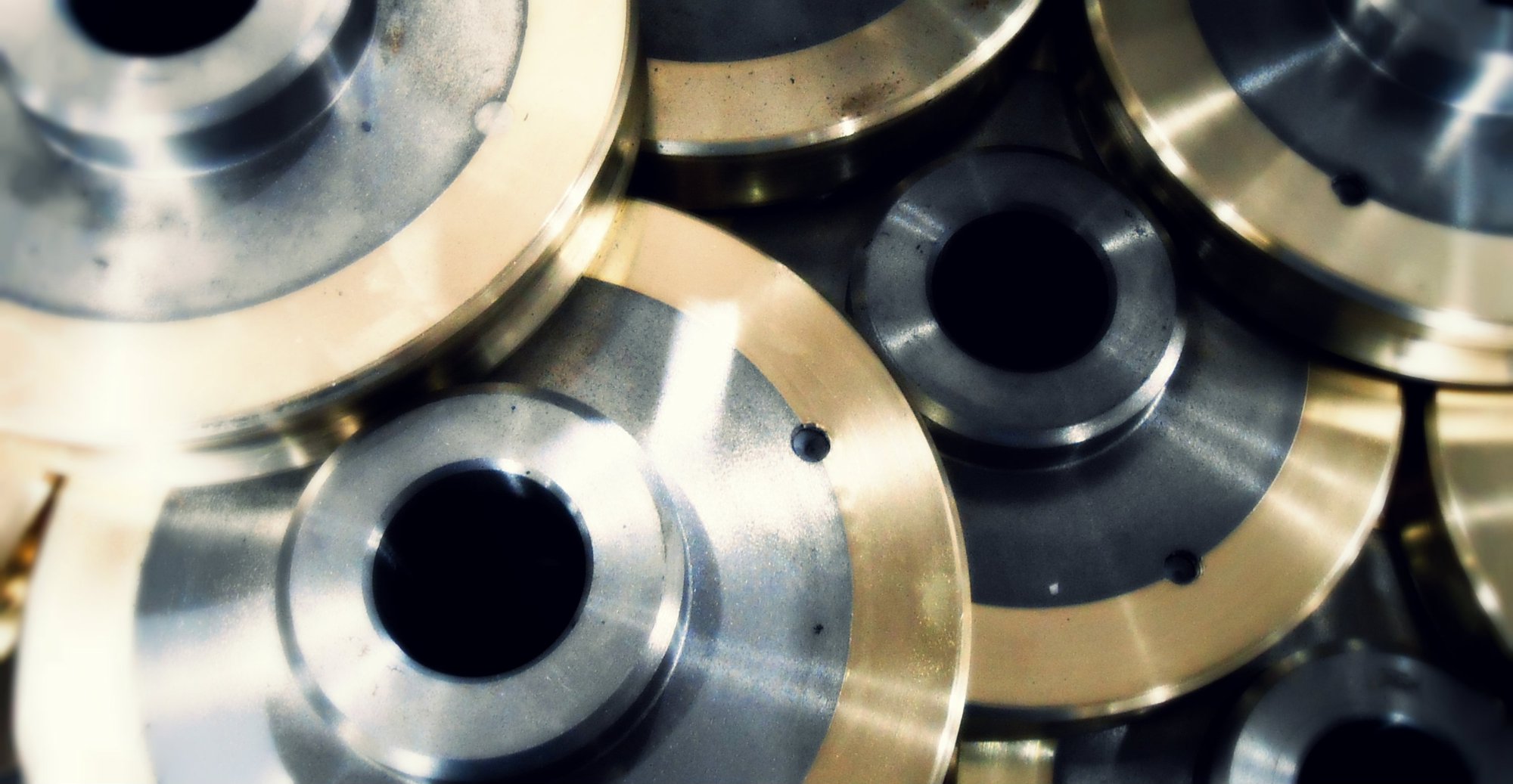The Complexity of Rapid Prototyping
The complexity of the geometry required for rapid prototyping is fuzzy. The only things indisputable are limited cases. The choices for inexpensive CNC equipment are large. These machines use improved software and address the recent market for rapid prototyping. This equipment does require a basic knowledge of machining. When the end result has compound surfaces and complex curves additive technology is the obvious choice. This method may not work for the final material but will avoid complex set ups, calculations and numerous daunting tasks. If the part with an accurate reflection of the desired geometry is obtained, they are many different ways to change it into another material. Additive technologies are an excellent choice due to the complex shapes in the world. The majority of consumer products from shampoo bottles to automobile parts would be very hard to make without machine subtractive. Many items are hard to describe externally, internally and mathematically. A lot of parts have an odd shape making them difficult to machine. This is just as true for items such as jewelry, …


